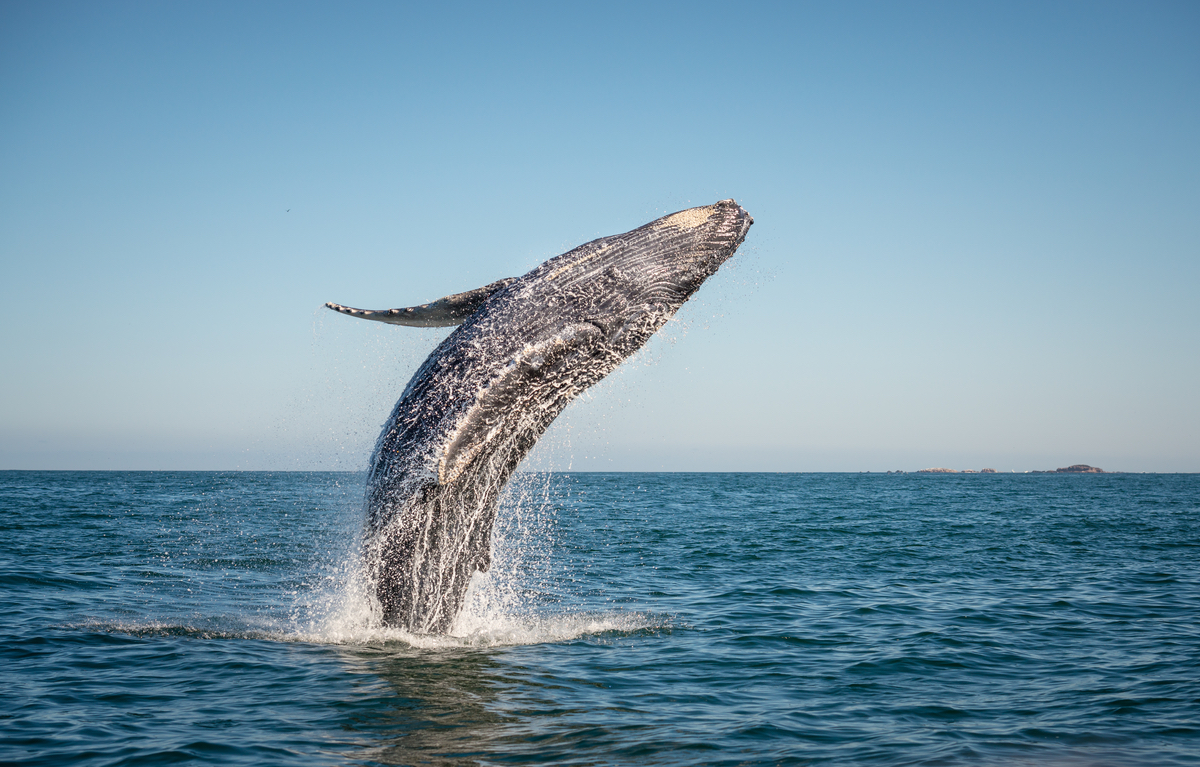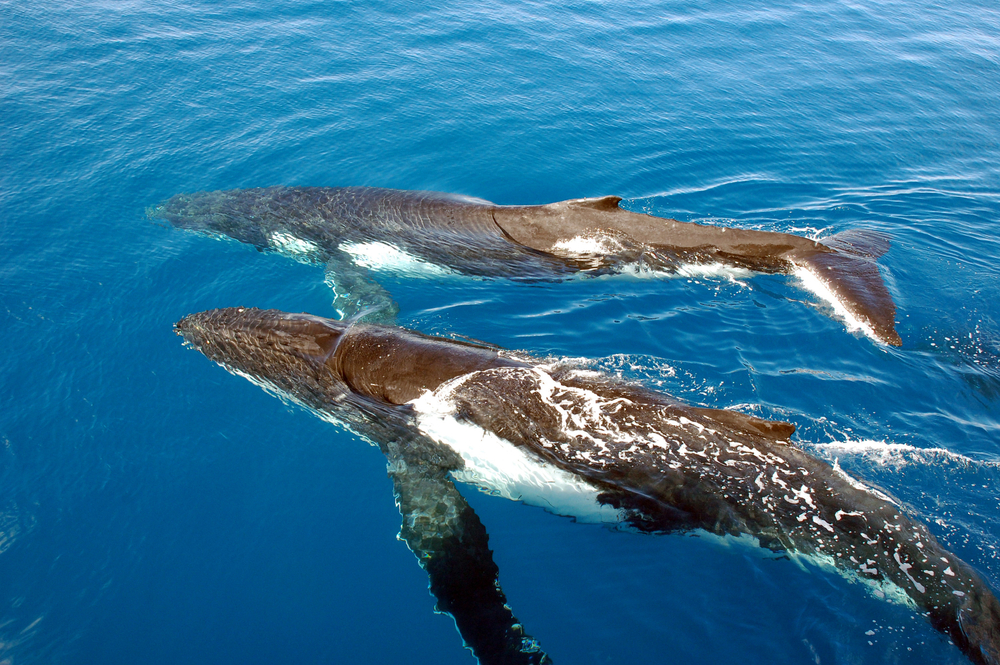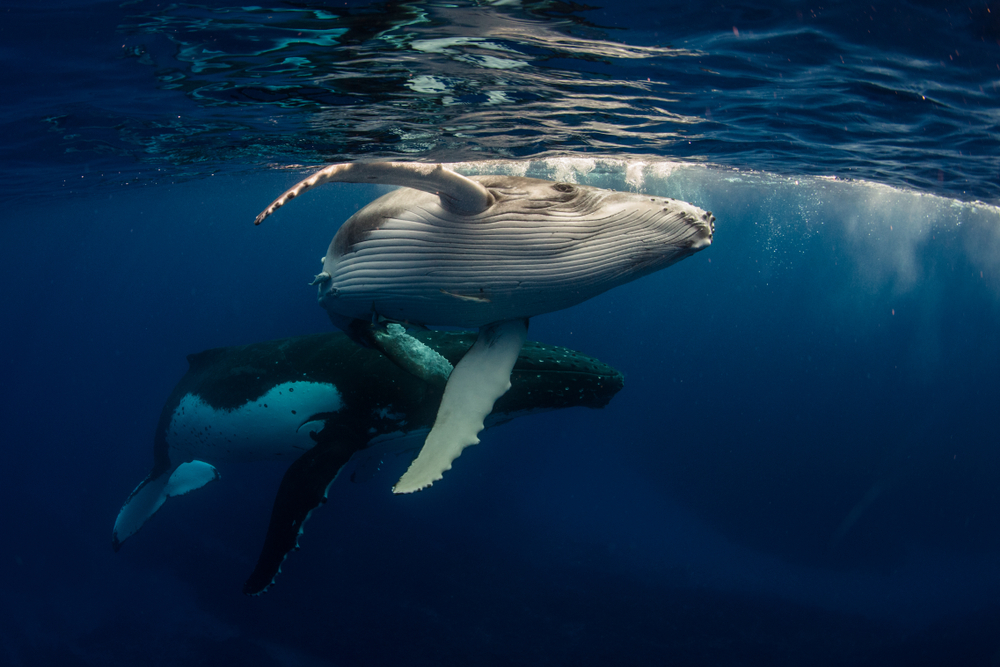Imagine if your size was between 3 and 30 metres and your weight – between 135 kilos and 190 tons. Sounds like you could be able to deal with everything, right?
Well, of course there might be a catch… Let’s talks about whales!

Whales are among the most interesting marine mammals. They live in all of the world’s oceans, they breath air (just as we do), they eat plankton or fish/small mammals and, according to the official records, the blue whale is the largest animal in the world (moreover it is the largest animal that ever existed in the world, including the ones that were found from the Mesozoic Era).

But what happens when those strong giant creatures get tangled between nets and ropes? The whales can get hurt or even killed and they simply can’t get out of the trap, no matter how large they are.

For decades, NOAA (The National Oceanic and Atmospheric Administration – and American scientific agency within the United States Department of Commerce, which focuses on the conditions of the oceans, major waterways and the atmosphere) and the volunteers that are a part of it have worked to free entangled whales with knives attached to long poles.
This initiative is very brave and benevolent. However, it is also dangerous and time-consuming. Here is why the authorized groups who free these marine mammals are now using drones to help.
This new manner of research makes the entire process safer for both the humans and the whales. During the past three decades, NOAA has overseen the disentanglement of over 13000 whales. ?